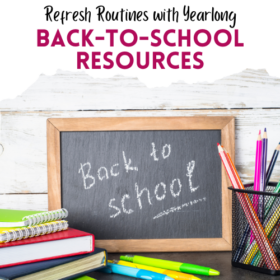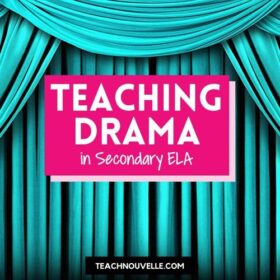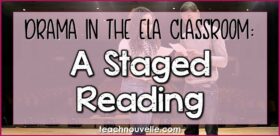
6 Convenient Year Long Back to School Secondary ELA Resources to Refresh Routines
Refresh your routines with these year long back to school secondary ELA resources without the hours of prep! Welcome back to a new school year, educators! As you step into your classrooms, ready to inspire and engage, having the right tools at your disposal can make all the difference. That’s why we’ve put together a set of six comprehensive units specifically designed as back to school secondary ELA resources. These units are crafted to help you establish solid routines that promote a structured and stimulating learning environment from day one. Each unit integrates essential ELA skills with creative approaches to learning, ensuring that your students are not only excited to learn but also well-equipped for the year ahead. Whether you’re looking to foster critical thinking, enhance writing skills, or encourage collaborative learning, these back-to-school secondary







